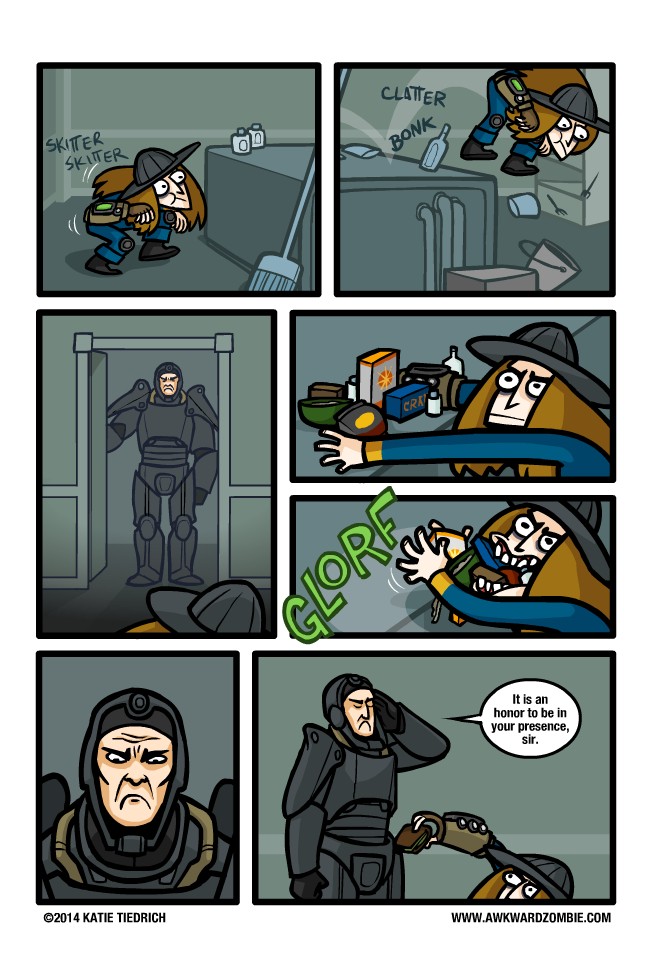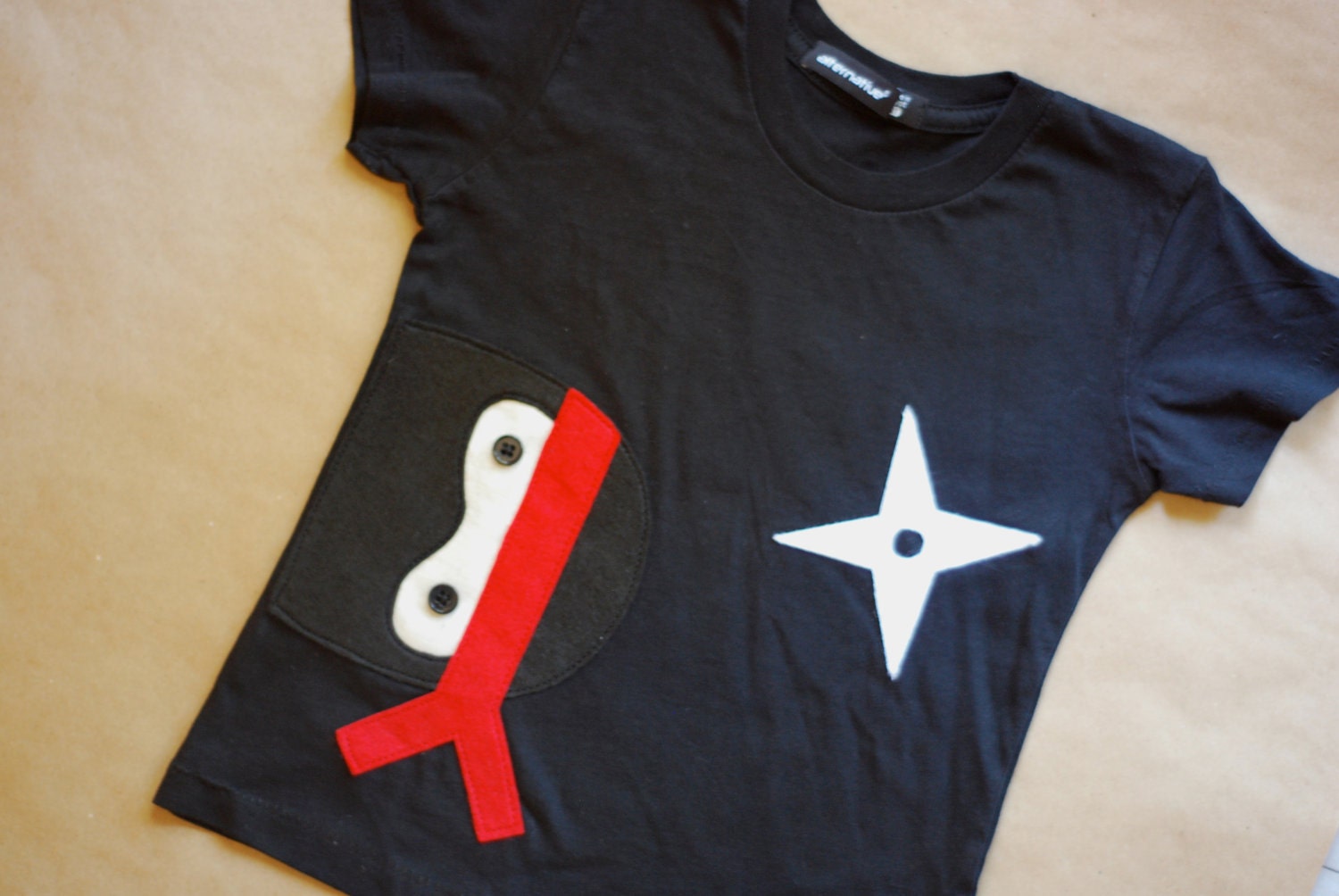
Stunt coordinator Wade Allen conjures magic with mostly primitive weapons like bows and arrows, hatchets, and swords, giving the fights the kind of brisk pacing and visceral impact that action junkies expect in a post- John Wick film landscape.

Trachtenberg took a similar approach to directing Mary Elizabeth Winstead in 10 Cloverfield Lane, but there is something particularly fresh and exciting about seeing an American Indian actress breathe life into what has become an iconic arc.Īfter Naru’s first confrontation with the Predator, the film continuously escalates and it becomes a gauntlet run of near escapes and propulsive action, depicted in decidedly cool but never larger-than-life terms. It’s impossible not to think of Sigourney Weaver’s Ellen Ripley and Linda Hamilton’s Sarah Connor when watching Midthunder go through the wringer and emerging, bloodied and determined, to continue the fight. Midthunder lends Naru’s ambitions exudes a restless impatience that hardens into self-assurance, and eventually, lethal opposition to the Predator. Trachtenberg and cinematographer Jeff Cutter, reteaming from their work on 10 Cloverfield Lane (2016), take great lengths to create a sense of naturalism and beauty, both in the landscape and performances, that leads naturally into the eventual showdown with an alien audiences know is waiting in the brush.Īfter a close call with a mountain lion that the tribe takes as an indication that Naru isn’t meant to be a hunter, she sets out alone to find out what’s threatening her home. Aison establishes what hunting means to the Comanche, defines the roles expected of men and women in their tribe, and spotlights Naru’s competitive relationship with her older brother, Taabe, who’s played with empathy and star-making confidence by newcomer Dakota Beavers. Written by Patrick Aison, the script takes its time before launching into the Predator’s bloodshed, grounding the audience in the Comanche’s decidedly anachronistic 1700s culture before shifting into its more contemporary genre elements. Populated by American Indian characters as opposed to the glistening, muscle-bound military men of McTiernan’s film, Prey immediately sets itself apart from its predecessors.
#Sneaky ninja 4chan tv#
Relive the golden age of aimless channel surfing with era-appropriate digital TV stations
In concentrating on character and location, he backs off of the world-changing repercussions of the franchise’s immediate predecessors, creating an involving and tense character-driven experience whose strengths rely on narrative simplicity and a compelling lead in Midthunder.Ĭolin Trevorrow says his new Jurassic World dinosaur is 'like the Joker'Within this new setting, Trachtenberg strips the Predator franchise back down to its core elements-the ruthlessness of this alien species and the ingenuity of humanity when confronted with nearly impossible odds. Already a skilled tracker and healer, Naru’s strength is put to the test when an unseen adversary endangers her tribe. With Dan Trachtenberg’s Prey, the long-running Predator franchise finally has an entry that can stand as an equal to the original film, precisely because it narrows its focus on the story elements that matter dramatically, instead of unnecessarily expanding the franchise’s mythology.Ī prequel to Predator, Prey is set in 1719, following Naru (Amber Midthunder), a young Comanche warrior who wants to break the gender traditions of her tribe and become a hunter. What worked well for Aliens and Terminator 2: Judgment Day, simply isn’t applicable to every 80s-born sci-fi/action franchise that Hollywood repeatedly attempts to reinvigorate.


There’s a fallacy in thinking each subsequent entry of a franchise needs to go bigger. (from left): Harlan Blayne Kytwayhat as Itsee, Amber Midthunder as Naru, and Dakota Beavers as Taabe in Dan Trachtenberg’s Prey.


 0 kommentar(er)
0 kommentar(er)
